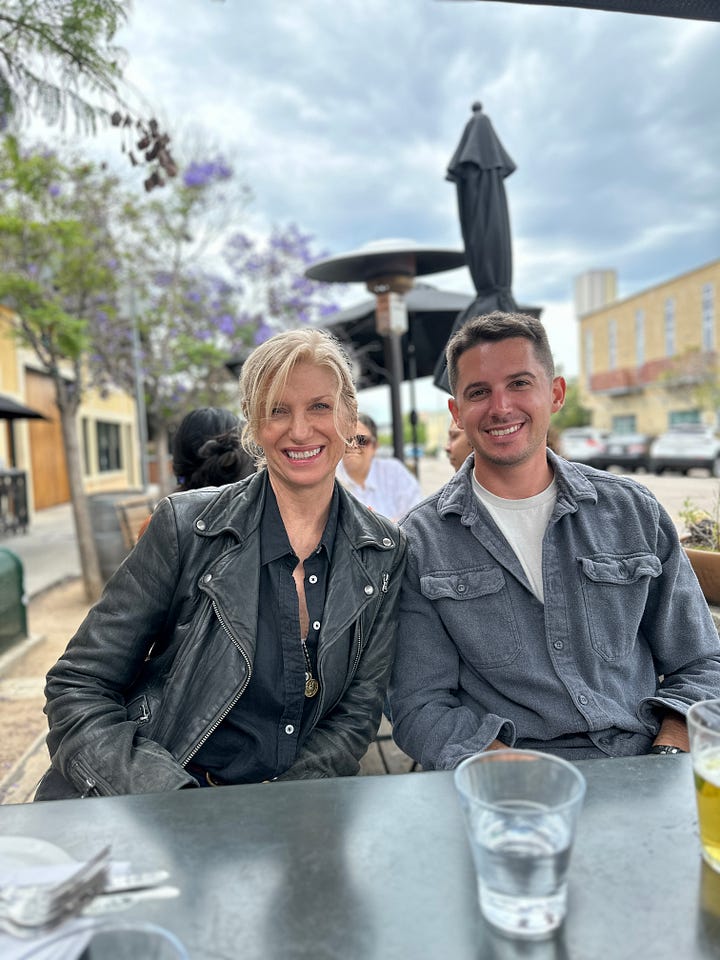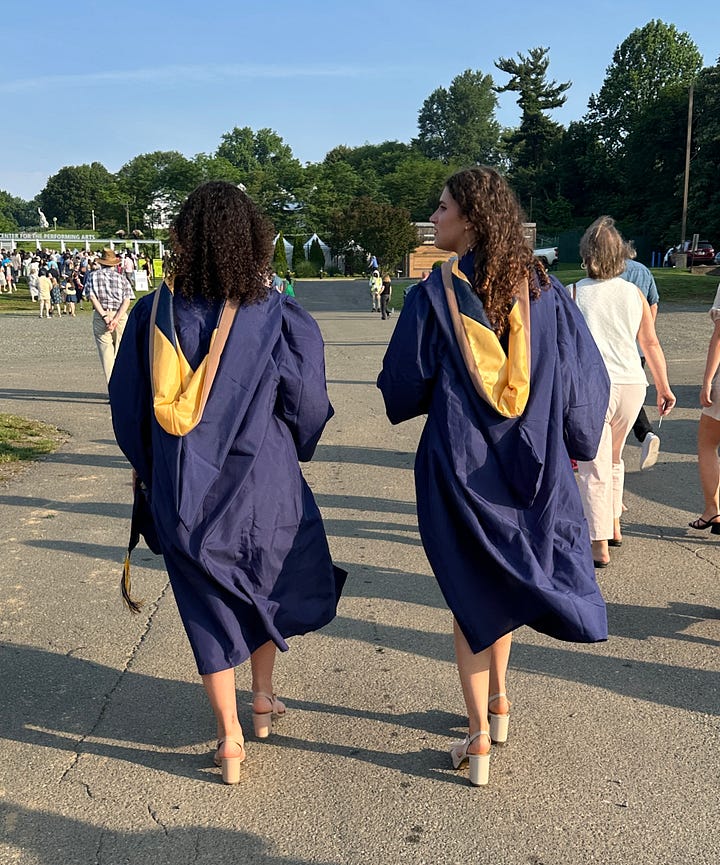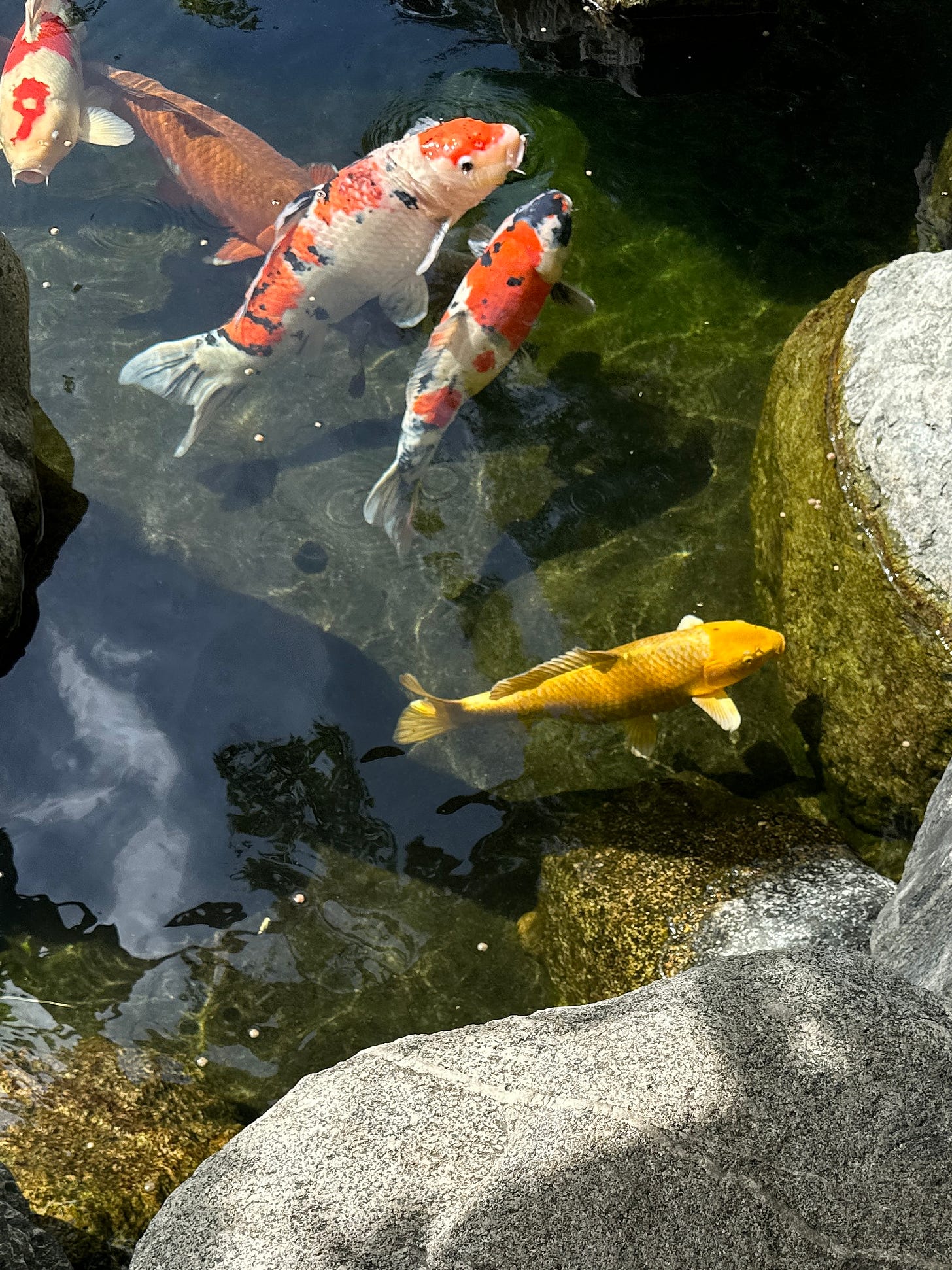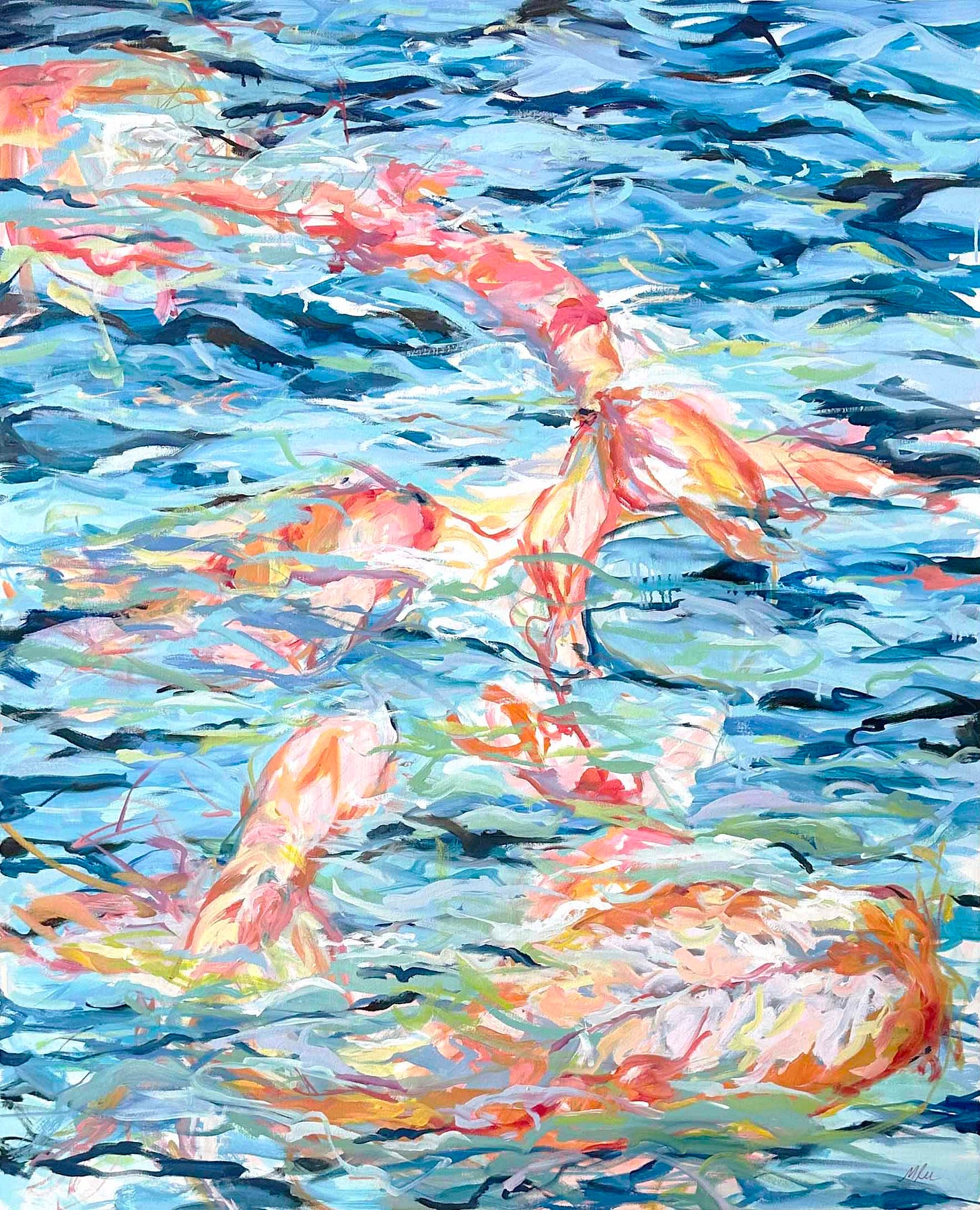How to transition into creative flow
with an Anatomy of a Painting tossed in for good measure
I've noticed an interesting trend around 3 Gables Studios. After a month of traveling and checking in on the kids, the young fighter pilot in training in San Diego, and the young college graduate in Philadelphia, it's time to find my way back into my artistic practice.


I've written a few articles about how one finds their "WAY IN" to engaging, consistent work. I've even led a couple of workshops on the subject. It is very energizing to discuss this subject and to help artists who are grappling with the themes in their art and how to express them.
As much as I want to believe that staring at my lofty artist statement before I set out to paint will help guide me into a creative state, in reality, that's not what happens, probably for anyone.
In this article, I offer some transition ideas to stay loose and get you back in the creative flow.
Slow down. Just slow your life down. Whether this means organizing the errand task part of your life better or saying no to some things that are keeping you in the fast lane… make the decision to pull over to the side streets and slow down. You have to allow your brain to process inspiration.
Set up pathways for yourself. Pathways are things to do with your hands that drag your mind along for the ride. Pathways are "transition actions."
Some ideas might be:
Collage. Grab scissors and start cutting things up. Print out imagery, it's doesn't have to be perfect high-res imagery. You are just here to play.
Make mood-boards-I have a small wooden file box that I keep mood board imagery in, postcards from museums, bits from magazines, cut up quotes, sometimes I'll even cut bits of abandoned canvases and pin them up. I sort through them and see what strikes me. This means I disassemble the mood board I have in my painting zone and rebuild it on a regular basis. I find this especially relaxing and informative.
Journal- I tape things into my art journal, I jot down phrases from artists I have heard interviewed. I have a healthy art journal and I find it helpful to work on it and -revisit old pages. After all there is only so much you can keep in your brain.
Set some time boundaries-I used to do this quite well; every day by 2pm, if I wasn't already painting, I had to stop whatever I was working on and make art. It can be a tricky one to stick with, but routine is an artist's friend. While every day may not be doable, certainly blocking out time can be done by anyone with some discipline and a calendar. Showing up consistently, even if it's to muck around, is all a part of the practice. I am just about to begin a journey with the Full Focus Planner after I saw an image of semi-productive and hyper-productive time blocking on an internet post. OH YES! Let me purchase an expensive calendar or journal to time block… I'll let you know how it goes, because spending money to get started always seems to help, right?
Physical outdoor activity - this one is perfect if you need to wean yourself off of screen time. Even weeding in the garden (which seems to be a constant quest at the new house) can shift my thinking and frame of mind. Making something look better puts you in a better mind space.
Travel - Okay, this may seem counterintuitive to get you into the flow for the studio, but there's nothing more disruptive than travel. Possibly it's what you need. Big trips give me big inspiration, but we actively plan our trips around art, museums, and nature. That doesn't always happen when we're with family, but I realized that even when visiting family, it's a good idea to plan something other than just going out to eat.
While visiting my Marine in San Diego recently, we spontaneously visited the Japanese Garden in Balboa Park. We were hoping to get some inspiration for our landscaping, but I just sank into the quiet experience in the gardens and enjoyed my son. We stood over the Koi ponds that wound their way through the park, and the feeling of the moment settled in my psyche.
The memory of the day felt fresh and alive as I recalled my son and I bantering back and forth. He is an avid outdoorsman and loves fly fishing. He teased me about how koi fish were simply carp (a rather unromantic fish); I teased back, calling him Charlie Brown and pointing out the beauty of their movement and color.
After returning home from our adventures and transitioning back to work, I realized I wanted to stay in the "watery" environment of my current art I had some ideas of abstracting some plant life over a body of water, no real story in mind. Soon enough, the silky, sensuous movement of the fish came back to me.
This is the painting that worked its way out of my memory and into the studio. The title is as carefree and happy as I felt that day.
“Oh Baby, Baby, It’s a Wild World”
52 x 42in oil on canvas
I hope you enjoyed this article; feel free to share it with someone who might find it helpful or to restack it on Substack.
Until next time, Monica







I love seeing the huge transition that you’ve made since I started listening to your interviews with various artists many years ago! At that time you spoke about how you USED to do art! Your work is WONDERFUL!! How interesting that you finally seriously stepped back into creating your own art! So great that you are now the one to be interviewed! Very inspiring.